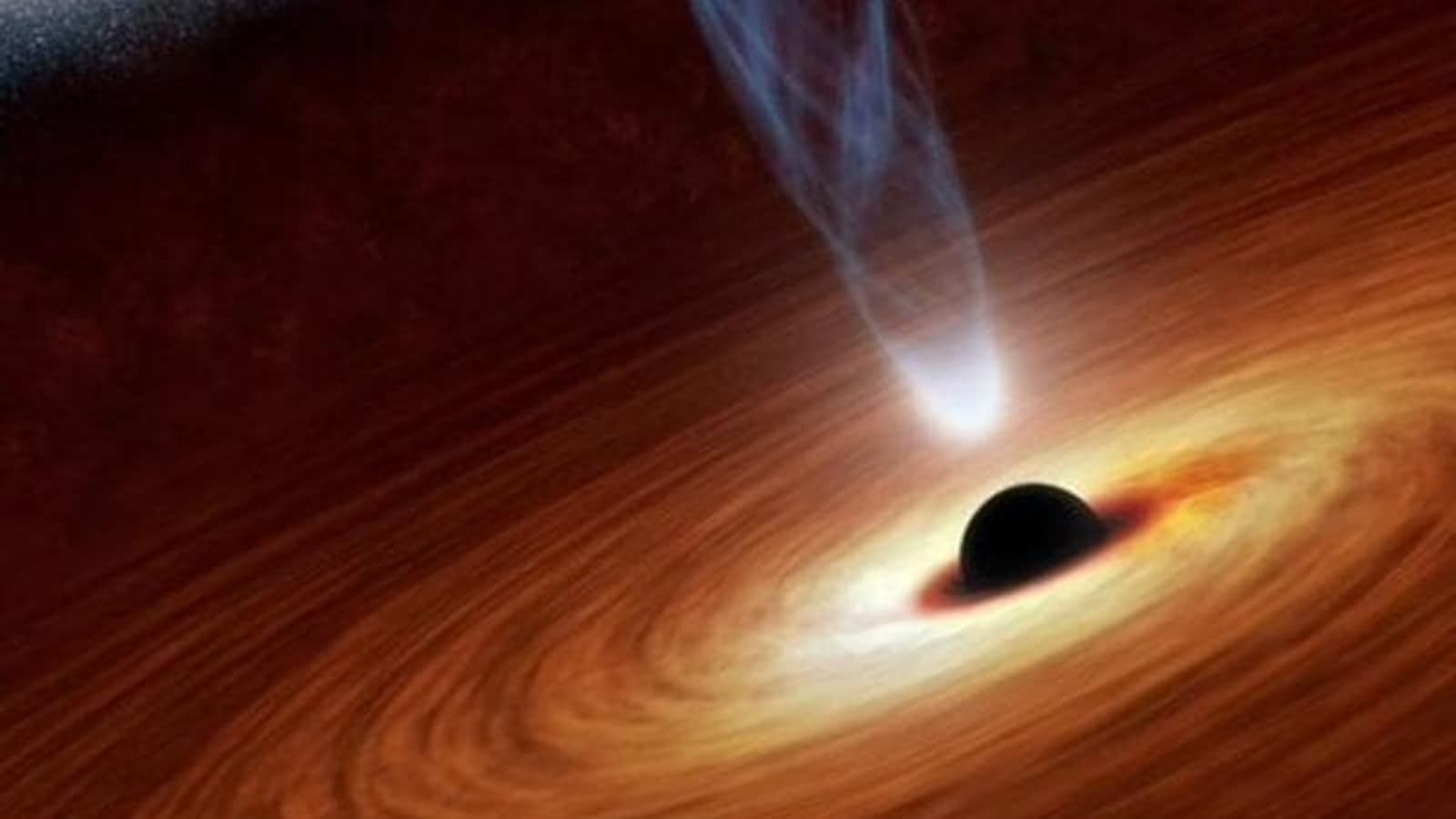Surprise! Closest 'Black Hole System' to Earth has NO Black Hole
In the latest development that has shocked as much as it has surprised, a black hole system near the Earth was found to have no black hole at all!

The European Southern Observatory (ESO) astronomers back in 2020 discovered the closest black hole to Earth, which was reported to be just 1000 light-years away in the HR 6819 system. Actually, the latest research reveals that the earlier discovered ‘Black hole system' has no black hole in it! What does it mean? Basically, a recent study by other researchers, including by an international team based at KU Leuven, Belgium found that the expected black hole is not a black hole, instead, it is a “vampire” two-star system, which is a rare and short-lived stage of its evolution. Interestingly, the study on HR 6819 has received significant attention, which is basically a double or triple star system in the southern constellation of Telescopium.
ESO astronomer Thomas Rivinius, who is also a lead author on the research paper, wasn't surprised by the discovery of the black hole, the Science Daily report mentioned. He and his colleagues are convinced that the best explanation on the HR 6819 was that it is a triple system, with one star orbiting a black hole every 40 days and the second star in a much wider orbit. But later, the latest study by KU Leuven, a Catholic research university in Belgium introduced a completely different explanation for the HR 6819. Now, in the latest development, it is revealed to be a system with only two stars on a 40-day orbit without any black hole at the center. This suggests that one of the stars of the duo is supposed to be "stripped” – which basically means that earlier it had lost its majority of mass to the other one.
So, what is the conclusion regarding HR 6819?
HR 6819 is surely a stellar puzzle. Well, to solve this mystery, the teams of two different researchers worked together to reach the final conclusion. They have used the resources of ESO such as Very Large Telescope (VLT) and Very Large Telescope Interferometer (VLTI) to get the sharper data of HR 6819. So, with the common point that there are two sources of light in the system, there were two scenarios – first, the two sources orbit each other, and second, they are far apart from each other which brings the case of the black hole.
The results that are found via ESO's VLT reveals that “there was no bright companion in a wider orbit, while GRAVITY's high spatial resolution was able to resolve two bright sources separated by only one-third of the distance between the Earth and the Sun," The Science Daily report quoted a researcher from the KU Leuven. That means, the HR 6819 is basically a binary system with no black hole.
Catch all the Latest Tech News, Mobile News, Laptop News, Gaming news, Wearables News , How To News, also keep up with us on Whatsapp channel,Twitter, Facebook, Google News, and Instagram. For our latest videos, subscribe to our YouTube channel.




































